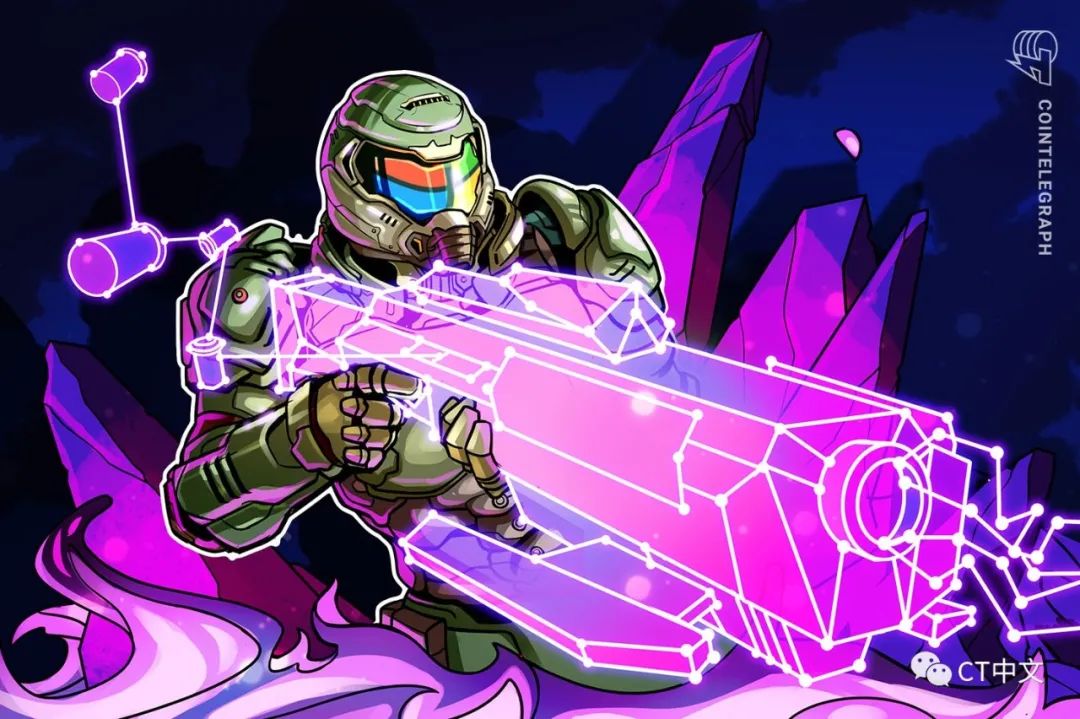
Compiler: Zion Editor in charge: karen
Anyone who knows nothing about the outside world may know that the game industry has been developing rapidly. It is one of the industries that has benefited from the COVID-19 pandemic.
That said, the average investor may not know the following growth numbers:
image description
image description
Sources: Bloomberg, Pelham Smithers, GamingScan.com
Experts predict that the number of online game streamers will rise to 1 billion by 2025.
image description
text
text
So, what's going on here? Where is this growth coming from?
We can attribute most of it to the development and exponential growth of technology. Technology continues to change the way we communicate, aggregate, create and consume information, transfer value, and form online communities.
Former Starbucks CEO Howard Shultz popularized the idea of a "third physical space" with his coffee shop concept. Humans, he argues, need a "third space" to congregate outside of the office and home. The answer is Starbucks.
We see the same notion today among the younger generations. It's just that this new shared space is digital, and it's called the Metaverse. Now more and more children play here. They go there to socialize with friends, listen to music, or play video games. We can think of it as the next iteration of the digital community: AOL online chat rooms, then Myspace, Facebook, and finally the Metaverse.
first level title
game history
The first video game appeared in the late 50s and was a simple tennis game similar to Pong. Later, Atari was invented in 1977. Nintendo started releasing popular games in the early 80s, such as "Mario Brothers", "The Legend of Zelda" and "Donkey Kong".
It’s worth noting that business models have changed dramatically over the years. For example, we used to pay $60 for a game at GameStop and we walked away. This is a one-time payment and can be played an unlimited number of times. Games are released in a similar way to how Hollywood movies are promoted and distributed. 90% of revenue will be generated in the first two weeks.
This model is now obsolete. The freemium model prevails. Users experience the game for free and are enticed to make in-game purchases to upgrade skills, dress up characters, buy weapons, enhance animations, and more. We see this today in Roblox, Fortnite, and other popular games.
first level title
Why games are moving to the blockchain
image description
text
According to Token Terminal, the open and permissionless pay-to-play blockchain game has an annualized revenue of about $2.7 billion. Important note: Blockchain technology is a tool through which users can own their in-game assets. This is not possible with the technology used today.
Blockchain allows game economies to form organically.Users can pay to play games. Axie Infinity leads here again. Axie users start the game by investing in Axie NFT and AXS native tokens. From there, they can earn SLP tokens by playing/competing, as earned tokens can be exchanged for other crypto assets or fiat currencies, etc. It’s pretty cool that there are a lot of users in the Philippines who are earning multiples of their usual monthly salary playing Axie Infinity amidst the economic woes due to COVID-19. Let me ask you a question: getting paid to play a game on a blockchain vs not getting paid on a non-blockchain game, which would you choose? As Charlie Munger said: "Show me the incentives, and I'll show you the results."
Public blockchains are open to everyone, permissionless.Do you have a cell phone and internet? Very well, you are welcome to join. That's not really how it works in today's closed data architecture, especially if you live outside the US. Not only can you participate in the blockchain, but you can also earn income. As 4G and 5G technologies develop in emerging markets and smartphone adoption continues to expand, we can expect more and more users to be exposed to cryptocurrencies and blockchain games in the near future.
Open protocols will compress the cost of existing technologies.Public blockchains are open protocols. Ethereum is an open protocol. Anyone can build games on Ethereum. Doing so essentially outsources most of the operating and capital costs to the Ethereum base layer blockchain, which means it is easier for entrepreneurs to launch a game. Low barriers to entry increase competition. This ultimately benefits the end user. We have seen this many times in history. Blockchain is just the next iteration of open source technology.
decentralized.Since the blockchain is open and permissionless, anyone can build on it. This means that we should expect blockchain games built on various primary blockchains in the future, such as Ethereum, Solana, Cosmos, etc. Users will be able to switch games easily, and they will be able to bring their own assets such as skins, avatars or weapons in the form of NFTs. This is impossible today. Also, if users choose, will they be able to trade their NFT assets for profit, or maybe they want to build NFTs? Go for it -- you don't have to own a gaming rig to do it.
Game economies are the future and they will happen on the blockchain.